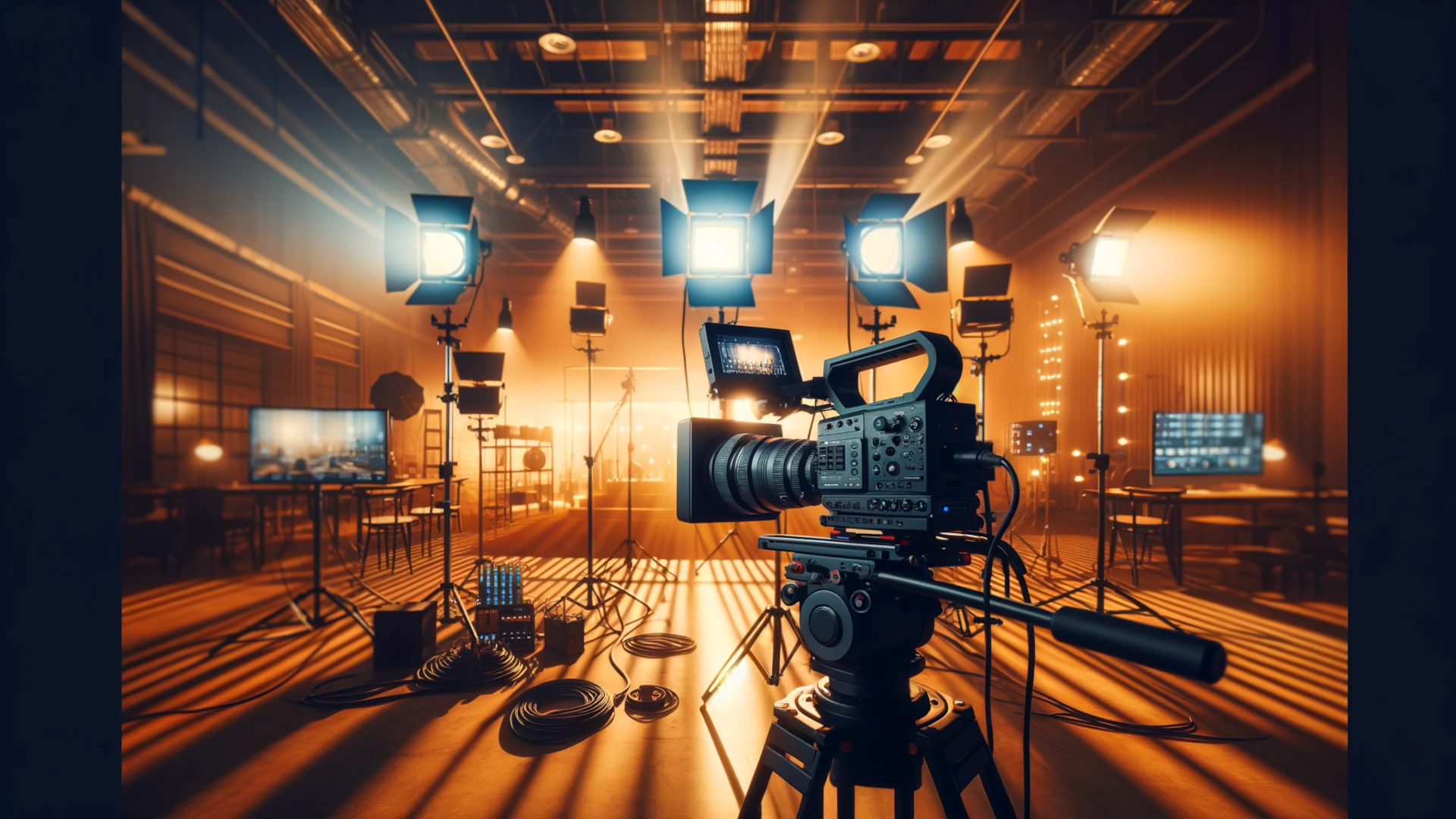Google's introduction of Lumiere, a cutting-edge AI video generation model, signifies a step forward towards realistic video generation. Lumiere utilizes a novel diffusion model known as Space-Time-U-Net (STUNet), which intricately understands the spatial and temporal dynamics of video content. This technology marks a departure from traditional methods that stitch together still frames to create motion, offering instead a seamless video generation process that captures the essence of real-time movement and change.
The significance of Lumiere's approach cannot be overstated. By starting with a base frame and employing the STUNet framework, Lumiere adeptly predicts object movements across frames, thereby crafting videos with a fluidity and realism previously unattainable. This is exemplified by its capability to generate 80 frames per video, surpassing the 25 frames offered by other tools like Stable Video Diffusion. Such advancements not only enhance the visual quality of generated videos but also push the boundaries of AI's creative potential.
Lumiere's introduction is a testament to the rapid progression of AI video generation tools. From eerie approximations to near lifelike representations, AI has traversed the uncanny valley at an astonishing pace. Google's Lumiere positions it as a formidable contender against established players like Runway, Stable Video Diffusion, and Meta’s Emu. The nuanced comparison of Lumiere-generated content with that of Runway underscores Google's technological prowess, especially in areas where movement and realism are critical.
The feedback from industry professionals, including video editors who acknowledge the technology's potential to mimic real-life cinematography, further validates Lumiere's sophistication. While certain elements may still hint at artificiality, the overall impression is one of awe and promise. Such advancements not only showcase the potential of AI in video production but also hint at the broader implications for content creation across industries.
Google's strategic expansion into multimodal AI, evidenced by projects like Gemini and now Lumiere, reflects a broader vision for the integration of AI across various forms of media. Lumiere's potential applications, from text-to-video and image-to-video generation to stylized and cinemagraphic creations, illustrate the diverse capabilities of this technology. Furthermore, Google's commitment to addressing the ethical considerations surrounding AI-generated content, including the risk of misuse, underscores the importance of responsible innovation.
As we look to the future, it is clear that technologies like Lumiere will continue to evolve, blurring the lines between the real and the artificial even further. The next few months are likely to bring about even more sophisticated iterations, driven by relentless research and development efforts. The pace at which AI video generation is advancing suggests a horizon brimming with possibilities, from more immersive storytelling and entertainment to transformative applications in education, training, and beyond. For comparison, just take a look at a video from October 2022 that was AI generated by Google:
In conclusion, Lumiere's emergence heralds a new era of digital creativity. With its innovative approach to understanding and replicating the intricacies of movement and time, Lumiere sets a new standard for realism in AI-generated content. As this technology continues to mature, its potential to enrich and expand the landscape of video production is boundless. The journey from the uncanny valley to near-perfect realism is far from over, and Lumiere is leading the charge into this exciting future.
Unlock the Future of Business with AI
Dive into our immersive workshops and equip your team with the tools and knowledge to lead in the AI era.
